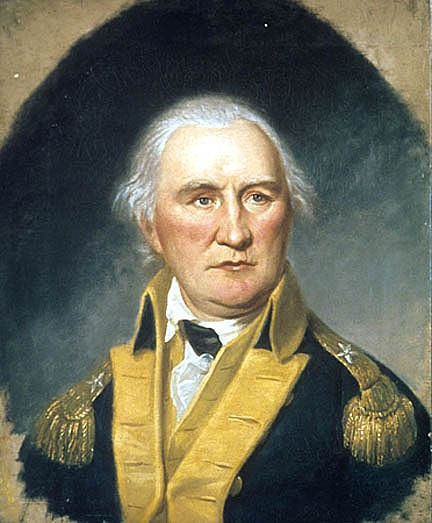On this date...
- katellashisadventure
- 5 days ago
- 3 min read

In 1777, The Battle of Oriskany New York, a devastating battle for the Patriots.
A relief force of Patriot militia and Oneida allies were ambushed by Loyalist and members of their 6 Nations Iroquois Indian allies.
In 1787, In Philadelphia, delegates to the Constitutional Convention begin debating the first complete draft of the proposed Constitution of the United States.
In 1819, Norwich University is founded in Vermont as the first private military school in the United States
In 1846, In an ominous sign of the troubles to come, the Donner Party finds a note warning the emigrants that their expected route through the mountains ahead is nearly impassable.
In 1862, The C.S.S. Arkansas, the most feared Confederate ironclad on the Mississippi River, is blown up by her crew after suffering mechanical problems during a battle with the U.S.S. Essex near Baton Rouge, Louisiana.
In 1864, On August 6, 1864, Union General Ulysses S. Grant meets with General Philip Sheridan at Monocacy Junction, Maryland, to give him his orders for his new role as commander of the Army of the Shenandoah. Those orders read, in part: "In pushing up the Shenandoah Valley...it is desirable that nothing should be left to invite the enemy to return. Take all provisions, forage and stock wanted for the use of your command; such as cannot be consumed, destroy."
In 1890, Convicted murderer William Kemmler became the first person to be executed by electric chair; he was put to death in Auburn State Prison, New York.
In 1890, baseball great Cy Young pitched his first professional game, leading the Cleveland Spiders past the Chicago Colts.
In 1901, Kiowa land in Oklahoma is opened for white settlement, effectively dissolving the contiguous reservation
In 1923, Henry Sullivan becomes the third person and first American to swim across the English Channel from Dover, England, to Calais, France, in 27 hours and 25 minutes
In 1930, New York Supreme Court judge Joseph Force Crater vanished on the streets of Manhattan near Times Square. The dapper 41-year-old’s disappearance launched a massive investigation that captivated the nation, earning Crater the title of “the missingest man in New York.”
In 1942, Queen Wilhemina of the Netherlands became the first reigning queen to address a joint session of Congress, telling lawmakers that despite Nazi occupation, her people’s motto remained, “No surrender.”
In 1945, The United States dropped an atomic bomb on Hiroshima, Japan—the blast killed more than 70,000 people and destroyed most of the city—in an effort to hasten the end of World War II.
In 1965, U.S. President Lyndon B. Johnson signed the Voting Rights Act, which sought to overcome legal barriers at the state and local levels that prevented African Americans from exercising their right to vote; the legislation was weakened through several lawsuits in the 21st century.
In 1975, The New York Times publishes a front-page obituary for Agatha Christie sleuth Hercule Poirot—an honor rarely, if ever, accorded a fictional character. Christie had announced plans to kill him off in her next book.
In 1991, the World Wide Web made its public debut as a means of accessing webpages over the Internet.
In 2008, The government declared that Army scientist Bruce Ivins was solely responsible for the anthrax attacks that killed five in 2001.
In 2009, Sonia Sotomayor was confirmed as the first Hispanic Supreme Court justice by a Senate vote of 68-31.









Comments